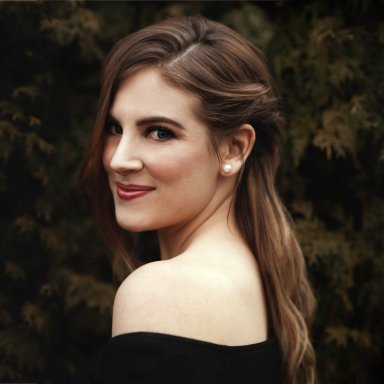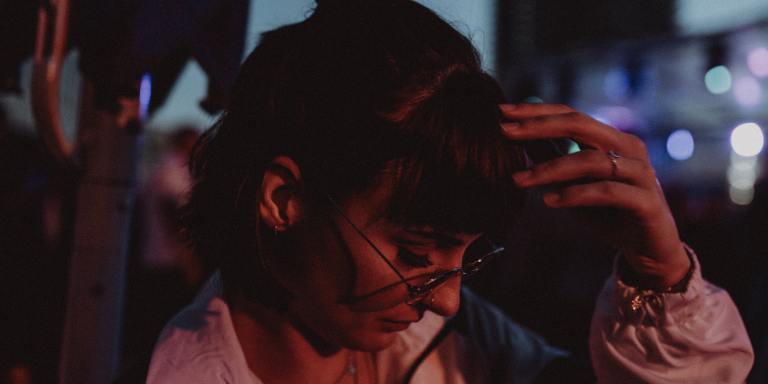Earlier this year, an article in New York Magazine emerged, suggesting that there are four different types of introversion: Social introversion, thinking introversion, anxious introversion and restrained introversion. While the piece was an interesting read, I found myself cringing at many of the attempted definitions.
The piece dismissively equated social anxiety with a particular form of introversion, which is not at all the case. Many extroverts suffer from social anxiety – they gain energy from social interaction but feel inept at initiating it, and therefor avoid it. Social anxiety is a disorder that can affect anyone, regardless of his or her social orientation.
In relation to the three other definitions of introversion (Social, thinking and restrained), it seems as though the researchers had simply sorted different components of introversion that are not mutually exclusive into three different ‘types’. The issue with this is, most true introverts would classify themselves as social, thinking and restrained introverts.
While this article certainly did hit on some aspects of what it means to be introverted, it may have helped the researchers to delve a little deeper into the Jungian definition of introversion, and the corresponding cognitive functions that separate introverts into four mutually exclusive categories. Below, we will explore how Jungian psychology classifies the different types of introversion.
Introverted Sensors
To sensing introverts, reality exists as a series of physical observations and experiences that they can sort through and classify while they are alone. These introverts are highly meticulous and detail-oriented, and enjoy keeping their homes, selves and environments in proper order. They are quick to notice patterns of behavior over time and they use those patterns to predict (and plan for) future occurrences. These introverts place a high value on tradition and are extremely respectful of social and societal conventions. They are rule-followers and tradition-upholders. To them, life is an ongoing process of putting – and keeping – things in order.
While alone, the introverted sensor is reflecting on past experiences, maintaining order in his or her personal environment and making tangible plans for the future.
Introverted Sensing types are: ISTJs and ISFJs.
Extroverted types that use introverted sensing as a secondary mode of analysis are: ESTJs and ESFJs.
Introverted Feelers
To feeling introverts, reality exists as a series of subjective experiences that they must explore and internalize to determine the true meaning of. Introverted feelers are highly creative individuals, who often use alone time to create poetry, music or art. They come to understand the world by deciding how they feel about the experiences they’ve had and developing a personal moral code to help them make future decisions. They often care deeply about social justice, and may feel the pain of wronged individuals on a personal level. They are the tortured artists of the world, who feel and experience everything on an incredibly deep, personal level.
When alone, the introverted feeler is reflecting on the experiences they’ve had, uncovering a deeper meaning behind those experiences and determining the corresponding moral principle. Often, they channel their feelings through some form of artistic expression. They also use alone time to indulge their wild imaginations and develop (constantly shifting) future ideals to aspire to.
Introverted Feeling types are: INFPs and ISFPs.
Extroverted types that use introverted feeling as a secondary mode of analysis are: ENFPs and ESFPs.
Introverted Thinkers
To thinking introverts, life exists as a series of objective truths that must be sorted through and fit into a greater system of cohesive, indisputable facts. Introverted thinkers are highly logical individuals, who strive to acquire as wide a breadth of knowledge as possible, in order to determine true information from false information. Unlike introverted feelers or introverted intuitives, they are not as concerned with the deeper, subjective meaning of their findings as they are with simply assuring that their findings are a correct and accurate reflection of the world around them. Introverted thinkers are the true scientists and researchers of the world.
When alone, the introverted thinker is researching topics of interest, comparing any new information they acquire to their pre-existing database of knowledge and determining where – if anywhere – the new information fits. They are creating an internal framework of how the world works on an objective, rational level.
Introverted Thinking types are: INTPs and ISTPs.
Extroverted types that use introverted thinking as a secondary mode of analysis are: ENTPs and ESTPs.
Introverted Intuitives
To intuitive introverts, life exists as a giant, mystical puzzle to be solved. They enjoy gathering a large database of knowledge about the topics that interest them and discerning which knowledge ‘clicks’ with their pre-existing hunches or perceptions about the world. While alone, they are usually meditating on the ‘big picture’ issues of the world and attempting to understand – and find abstract ways to solve – complex problems. They enjoy speculating about the future in a direct, pointed fashion – by predicting exactly how things are likely to unfold and forming long-term plans accordingly.
When alone, the introverted intuitive is usually researching topics of interest and analyzing what they’re learning to discern whether or not it fits with their pre-existing worldview. They also spend a great deal of time deciding upon and laying down long-term plans for their future.
Introverted Intuitive types are: INTJs and INFJs.
Extroverted types that use introverted intuition as a secondary mode of analysis are: ENTJs and ENFJs.
Note:
It is important to note that Jung believed everyone embodied both introverted and extroverted traits. Therefore, an introverted intuitive may also be an extroverted feeler. Or, an introverted thinker may also be an extroverted sensor.
In fact, Jung believed that we all possess two introverted cognitive functions and two extroverted cognitive functions. Therefore, an introverted intuitive may also be an introverted thinker, to a lesser degree. However, some of these functions are mutually exclusive (For example, an introverted thinker cannot also be an introverted feeler – though the two have traits that overlap). For an in-depth explanation of the Jungian cognitive functions, click here. ![]()








